Coffee is like wine. The taste of a drink depends on the variety, the place of cultivation, the method of processing and the method of preparation. And it is also important to be able to properly cook, serve and drink. We tell everything in order.
Coffee beans
There are several dozen types of coffee in the world, but only two – Arabica and Robusta – are grown on an industrial scale. The taste of Arabica is delicate, fruity-floral, with bright acidity, the taste of robusta is sharp and very bitter. But in robusta twice as much as caffeine.
To make a really interesting and tasty drink, grains of different varieties are mixed in certain proportions.
Love coffee stronger – choose blends with a high content of robusta, and if you appreciate the delicate and delicate taste – then those where Arabica dominates (up to 100%).

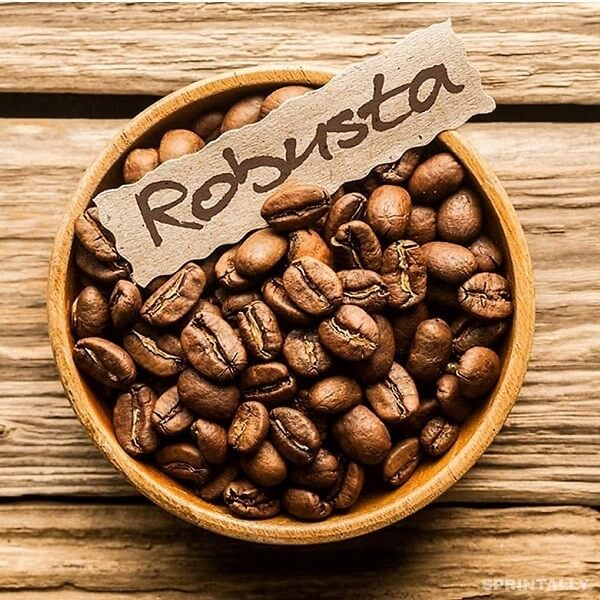
Country of origin
The largest coffee exporters are countries of the “coffee belt” of the planet: Brazil, Vietnam, Colombia, Indonesia, etc. The climate in these countries allows to get a good harvest, but the processing technologies and growing conditions are different – that is why the taste of the finished product also turns out different.
Brazilian coffee is considered one of the best in the world. From Brazilian grains, you get a strong drink with intense taste and explosive aroma. The taste distinguishes shades of cherries, apples, chocolate, hazelnuts.
In Colombia, Arabica coffee is cultivated with delicate exquisite taste, expressive aroma, the content of caffeine in grains is small.
Coffee from Vietnam and Indonesia are characterized by low acidity and earthy, bitter tastes.
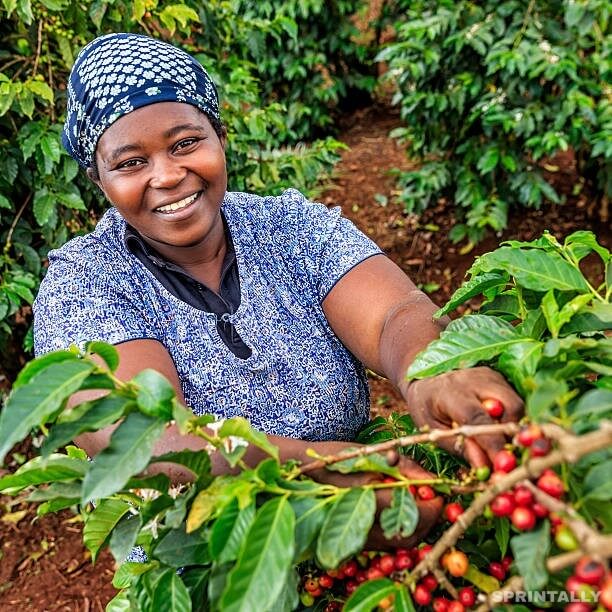
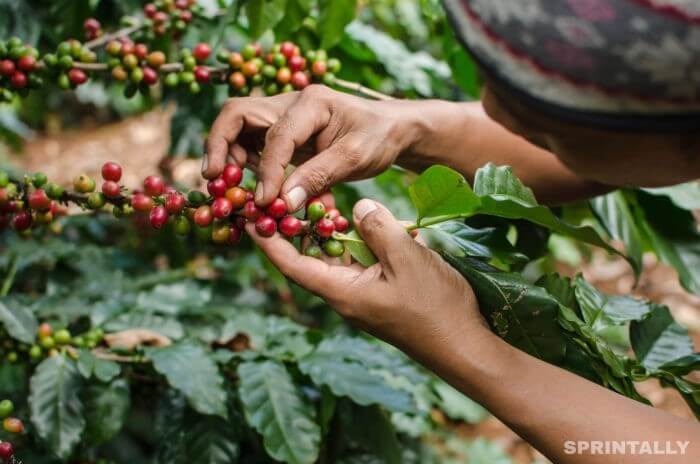
Method for cleaning raw grains
After harvesting, coffee beans are cleaned – remove the flesh of the coffee berry. Ways of cleaning two: washed and natural (natural or dry).
The washed treatment (in the photo on the left) gives coffee with a softer taste, with delicate berry and citrus notes. The grains are peeled and soaked in water until the pulp itself separates. Then they dry from one to three weeks. Dry processing
(pictured right) – is the drying or drying of berries in the sun for 4-5 weeks. The grain lasts longer in contact with the berry, so the coffee turns more dense and saturated, with hints of caramel and chocolate in taste.
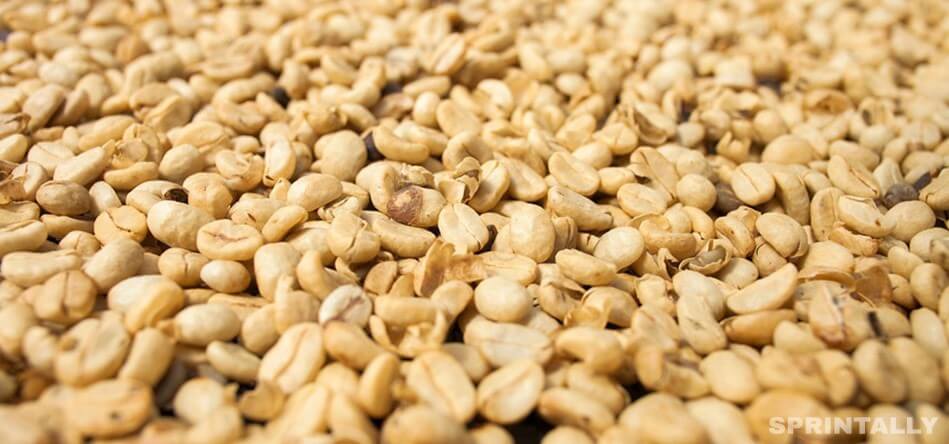
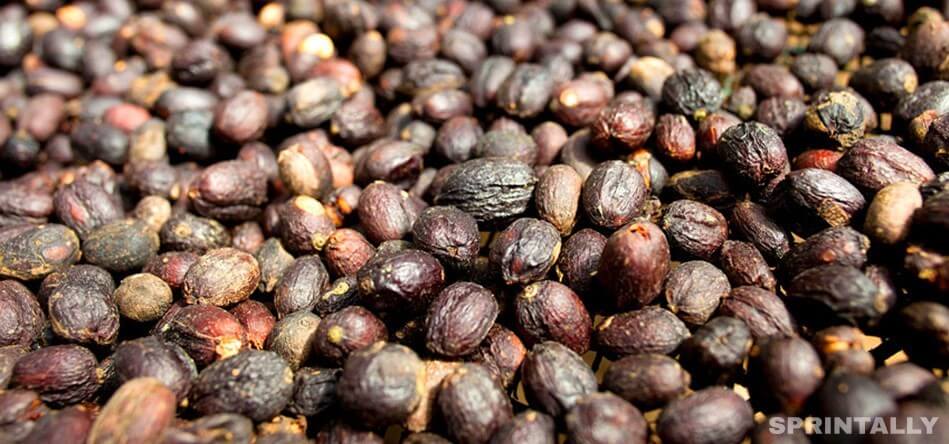
Degree and date of roasting
Green coffee is almost insipid, and only roasting gives it different flavors: light – delicate citrus and floral notes; medium – honey, vanilla and milk chocolate; dark roasting is especially good in espresso and gives a taste of burnt caramel and bitter chocolate. Overcooked and burnt coffee – very bitter, with a burnt taste.
Remember simply: the darker the roasting, the lower the coffee acidity, the more bitter and more vivid taste.
The best taste of coffee reaches a week – a month after roasting, then the scents gradually fade and after 2-3 months they feel very weak. Therefore, when choosing a coffee barista, the pros always pay attention to the date of roasting: the fresher – the better.
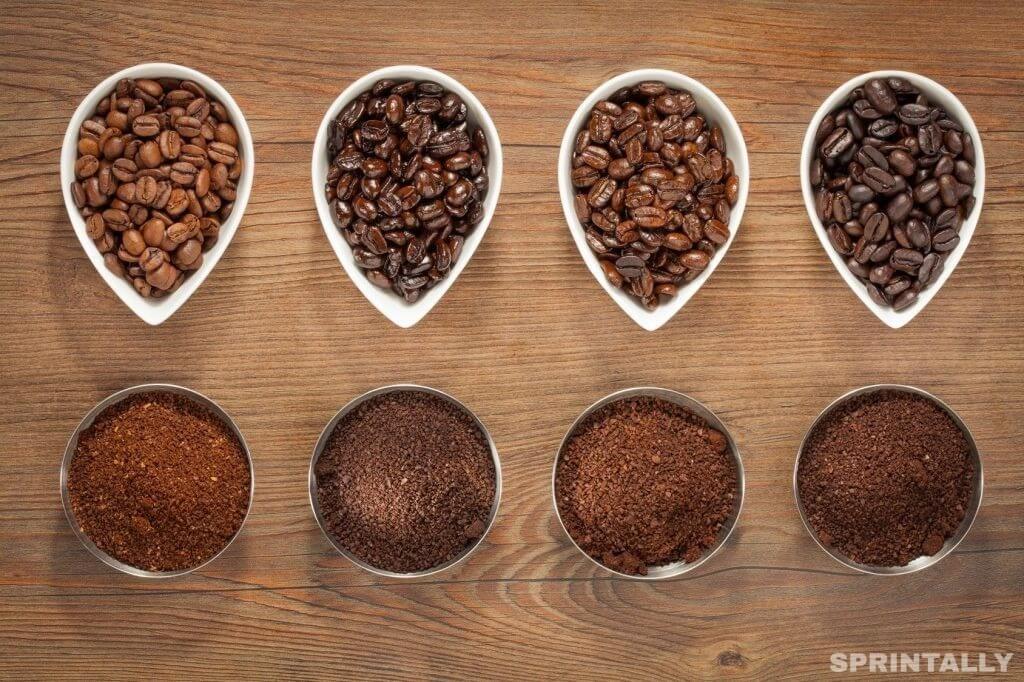
The degree of grinding and method of preparation
The degree of grinding affects how quickly the grain gives the hot water the taste and aroma: the smaller the grinding, the faster the coffee is brewed. As a consequence, the choice of grinding depends on how the coffee will be cooked:
– coarse coffee brewed in a French press or mug;
– medium-grind coffee – in a filter-coffee maker, a geyser coffee machine or a coffee machine.
The exception is the Turk. It needs coffee, ground to dust, to get a pleasant thick consistency of the drink.
Alternative ways of brewing coffee – those that do not have a coffee maker – also require their own grinding: grind coffees in the kemeyx, leave the medium for hari (it’s the purver), and put the fine coffee in the air press.
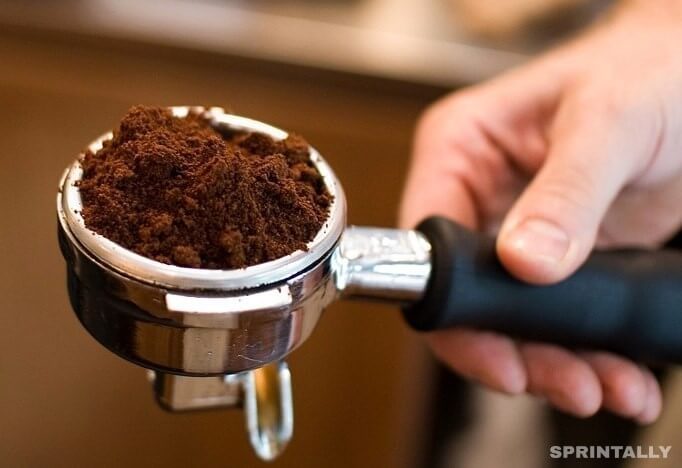
Rules of Use
- Drink coffee warm, not hot, if you want to feel the whole bouquet. And do not add sugar, milk or cream.
- Choose coffee in specialized shops or coffee shops: coffee from supermarkets lies on shelves for a long time, it was fried for a long time, and therefore lost the lion’s share of aromas.
- Buy coffee in batches of 100-200 grams. The best package is the one that tightly closes – for example, on zip-lock. But even in it, coffee quickly fades.
- Note that brewed coffee over time not only cools but also changes the taste under the influence of temperature and air.
- Drink a glass of water after a cup of coffee: caffeine increases blood pressure and has a weak diuretic effect, so it provokes a slight dehydration.
- Remember the factors of the fortress: coffee from the valleys is stronger than the highland, Asian varieties are stronger than American and African, blends with a high content of robusta are stronger than those where Arabica dominates.

Image already added
